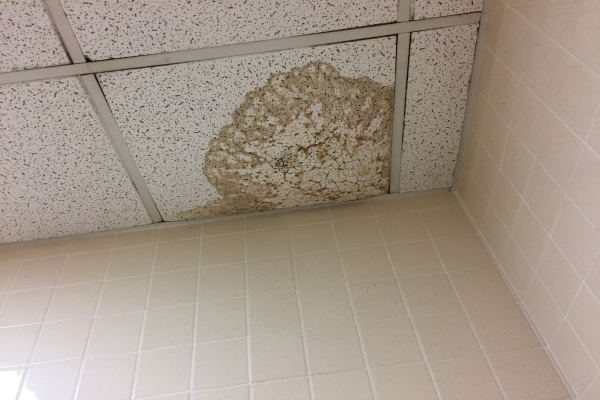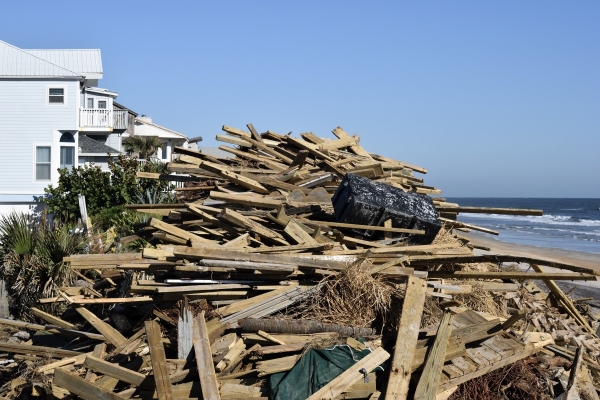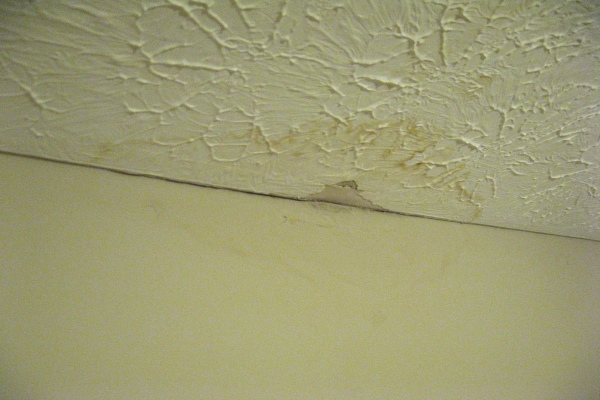Aside from severely strong hailstorms, a homeowner’s worst nightmare is water damage due to flood-inducing rains. Flood weakens the walls, foundation, and almost every part of any property. Fortunately, water damage restoration steps are quick and help prolong the lifespan of the house despite the severe damage.
After reading this guide, Allen TX homeowners will:
- Know the steps contractors take in providing water damage restoration services
- Maximize insurance claims for water damage restoration
- Understand that water damage is critical but something they can address easily and completely with the help of professionals.
Water Damage Restoration Steps Allen TX Contractors Take
Professional water damage contractors will respond to your call within 30 minutes to an hour. To make sure they follow each of the water damage restoration steps to the dot, they will always bring top-quality equipment and other supplies needed.
Contractors usually take these steps to drain the water fully out from your Allen TX home:
- Visual Inspection
- Water Extraction
- House Drying
- Damage Reassessment
- Reconstruction
Visual Inspection
You can see the water damage to your home in full definition. However, upon closer visual inspection, contractors find that the damage is lighter or more severe than your initial assessment.
Most contractors classify the damage according to different classes:
- First Class: Flooded room parts wherein materials absorbed minimal moisture
- Second Class Affected an entire room with heavy moisture absorbed into carpets and walls
- Third Class: Walls, the ceiling, and the ground has absorbed substantial amount of water
- Fourth Class: Severely damaged walls, ceiling, and floors due to heavy water absorption
To make sure their water damage restoration steps are effective, contractors will categorize the water quality and its contributing factor to possible long-term property damage:
- First Category: Clean water damage due to broken pipes, etc.
- Second Category: Chemical water damage saturated with urine, detergents, etc.
- Third Category: Sewage or river-borne water that can cause diseases.

First class water damage often results from ceiling leaks due to heavy stormwater penetration.
Water Extraction
Upon inspection, your contractors will remove the water according to different priorities:
- They will first don special submersion suits and hoses of suction pumps to remove standing water inside your property.
- Then, they will remove the furniture, rugs, carpets, and other materials outside the yard during sunny weather or into a well-ventilated room.
- The contractors will continue to remove wet surfaces on walls, ceilings, floors, and other formerly-submerged areas.
- They will begin removing saturated and rotting drywall, insulation, cabinet drawers, and other affected areas, including your vinyl or parquet siding.
- Lastly, contractors will treat every wet surface and remove or relocate them to accelerate drying.
Thorough House Drying
Once the contractor finishes stabilizing and drying your property, they will begin drying the interior of your home as part of the water damage restoration steps.
The contractors will bring in heavy-duty air movers, dehumidifiers, wood floor dryers, heaters, and even small fans to improve air circulation inside the property.
The speed of this process varies per class:
- First Class: 1-2 days of drying
- Second Class: 2-3 days of drying
- Third Class: 3-7 days of drying
- Fourth Class: More than a week of drying especially with multiple submerged rooms
During inspection days, contractors will introduce anti-bacterial agents especially if Category 3 water flooded the home. This will prevent the growth of diseases-causing bacteria.

The contractor will move all your furniture and submerged property parts outside during sunny weather to dry them quickly.
Damage Reassessment
Once they finish, your contractors will reassess the damage of your property. In fact, it is one of the most crucial water damage restoration steps that allows contractors to find hidden pockets of moisture, possible flood-made electrical and structural damage, and appliance damages if any.
Your contractors will give you a precise estimate on water damage reconstruction services. Additionally, these may include the material and labor expenses to restore the property to its former status fully.
Rebuilding and Replacements
With all the water pumped out and the entire area clean, contractors will begin the reconstruction of damaged and affected rooms.
In most cases of class 4 damage, contractors will remove all severely-submerged and rotting drywalls, flooring materials, ceilings, insulation, and other materials even after these dried. The contractor will have included these as weak material that requires full replacement rather than repairs.
Be aware that despite following the final water damage restoration steps of reconstruction, repairs, and replacement, there is no guarantee your contractor can restore the lifespan of your home to its pre-water damage status.
Water Damage Restoration Steps for Insurance Claims
If you took the most crucial of all water damage restoration steps before the storm arrived in your Allen TX home, then you can contact a contractor to make an accurate assessment of the water damage.
Call Your Contractor
Same as the first step of water damage restoration steps, call your reliable contractor. Inform them that you require their services for claiming insurance.
Most contractors will conduct a thorough water damage assessment. It is possible the data will change once the room dries. However, the point of this inspection is to have experts identify the damage class and flood water quality.
Before calling your insurer, allow your contractor to represent you. This guarantees a transparent roof inspection that allows you to maximize your insurance policy.

Visible wall paint cracks and crumbles are a sign of third to fourth class damage regardless of water quality.
Compare Inspection Results
Do not feel alarmed if your insurance adjuster arrives with a contractor of their own. This allows both sides to paint a transparent picture of the entire situation.
The comparison of data between two sides improves the quality of repair service because of your maximized insurance policy.
Without your own reliable contractor, it is possible the adjuster’s contractor may omit certain details to minimize your insurance benefits.
Wait For Check Release Date and Final Project Date
The insurance adjuster and contractor will finalize the project date. Then, the adjuster will inform you of their first check release.
During that date, you will deposit it to your contractor’s account so the water damage restoration service can begin.
Be aware that if your insurance policy states that only the adjuster’s appointed contractor will handle the job, your reliable contractor is powerless to help. However, they may provide their respective inspection data to aid you.
Wrapping Up
Water damage is not unmanageable. Water damage restoration services improve the lifespan and durability of your property. While they may not restore the condition of the property to its original, pre-flood condition, you will still have a home that has decades of lifespan.

Recent Comments